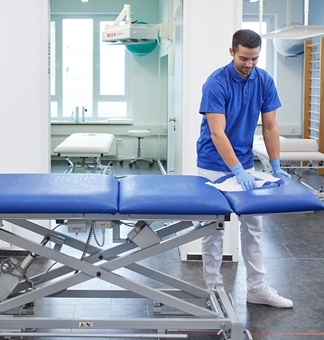Surface Disinfection

European Antibiotic Awareness Day on 18 November 2023 and World Antimicrobial Awareness Week from 18-24 November 2023



In terms of bacteria, pathogenic E. coli, Klebsiella and MRSA, but also the pathogens oft tuberculosis and gonorrhoea are of worldwide concern. Bacteria can either be insensitive to certain antibiotics in the first place because they do not possess the necessary target structure (e.g. the cell wall) or become resistant because they gain the ability to degrade the active substances enzymatically (e.g. through β-lactamases) due to mutations or the exchange of genetic material with other pathogens [2]. According to a WHO report, E. coli, the most frequent cause of bloodstream infections worldwide, is already almost 60% resistant to so-called reserve antibiotics in poorer countries [3].


However, there are also numerous examples of resistance to antiviral medicines among viruses, as the case of HIV and Influenza [4] clearly shows. Resistant parasites of the Plasmodium genus are also of great importance for tropical and subtropical regions, making treatments against malaria significantly more difficult [3].


Sources: